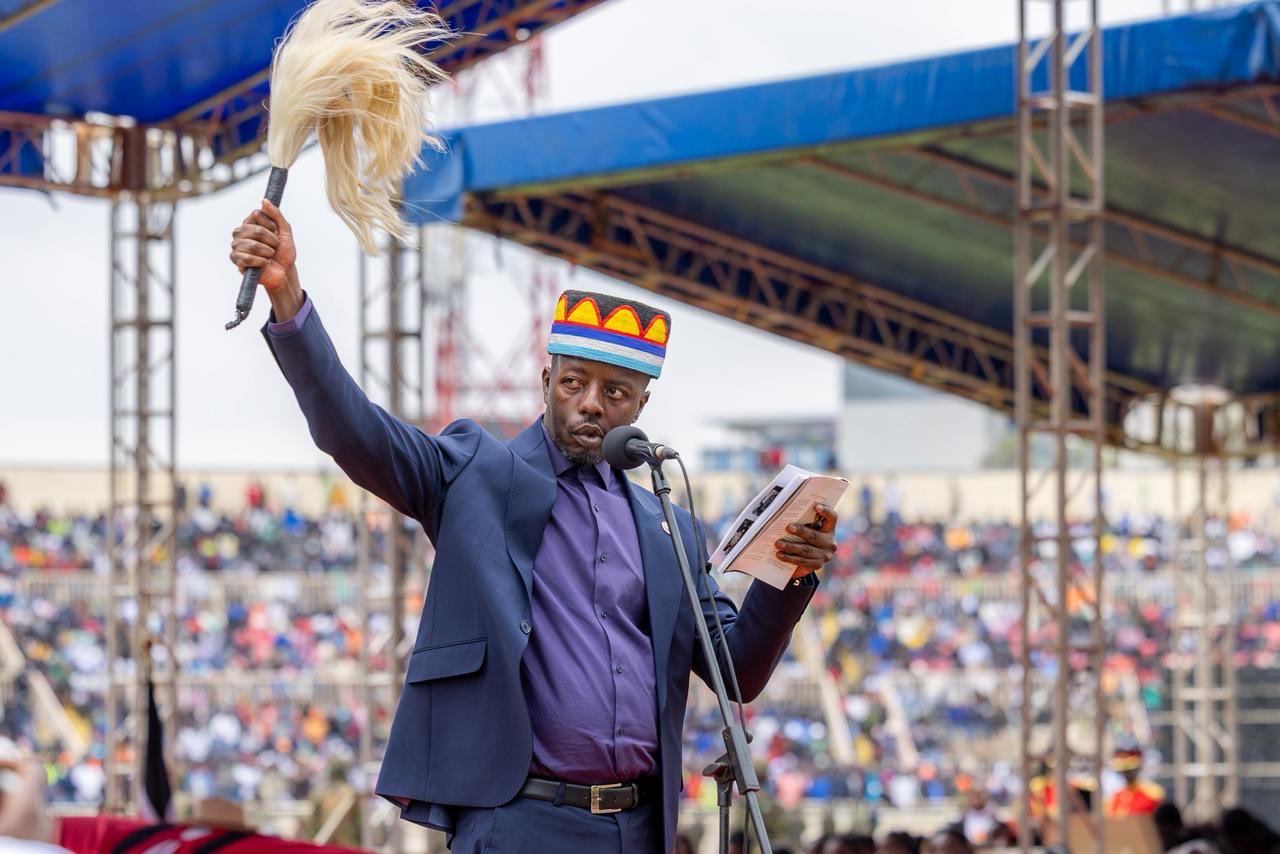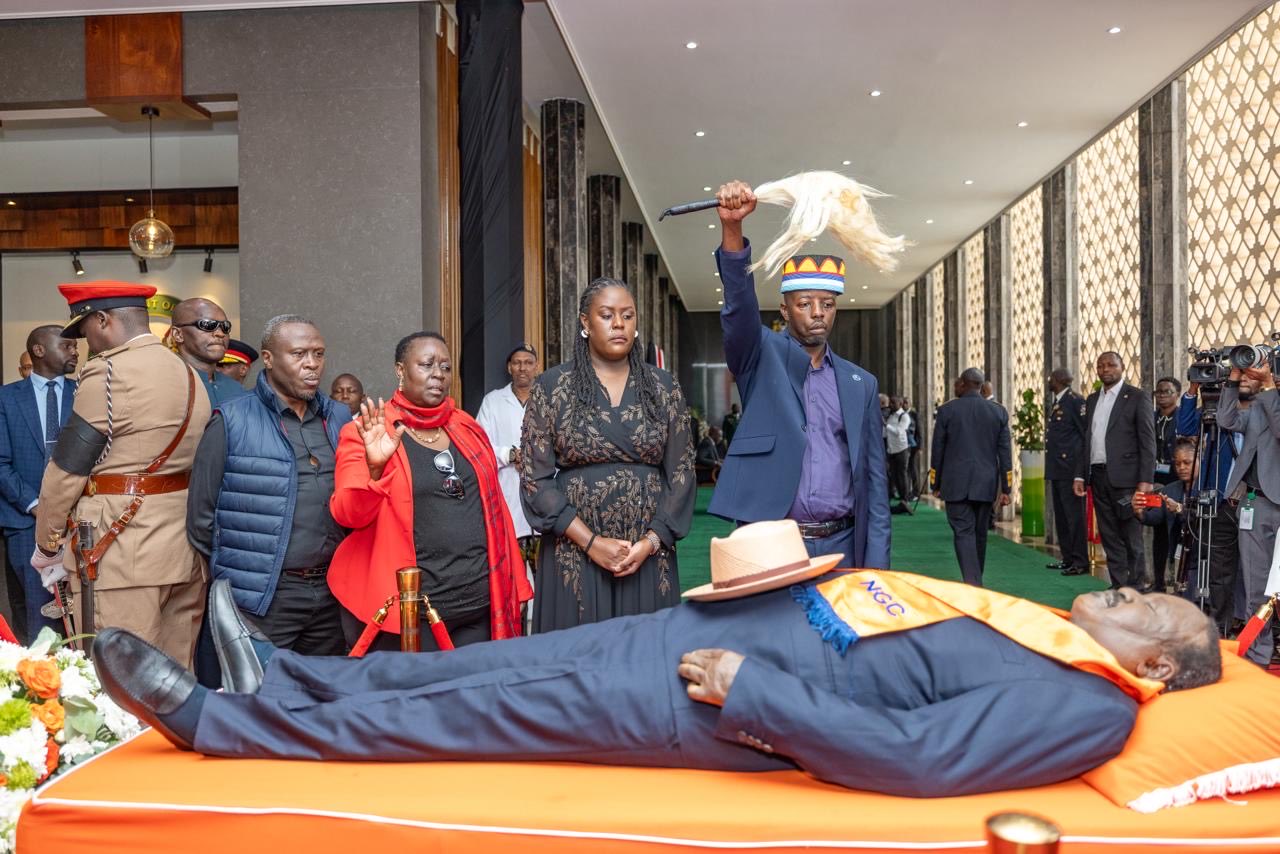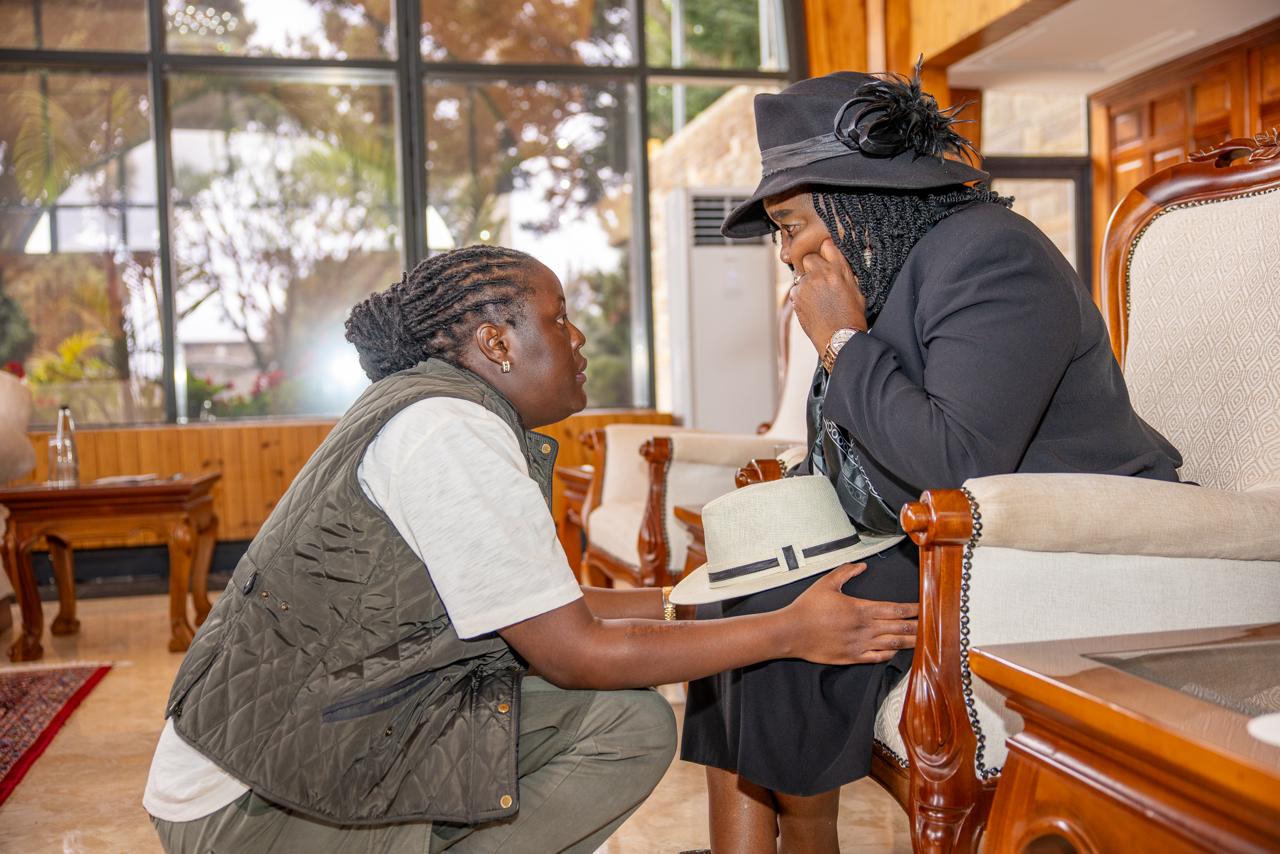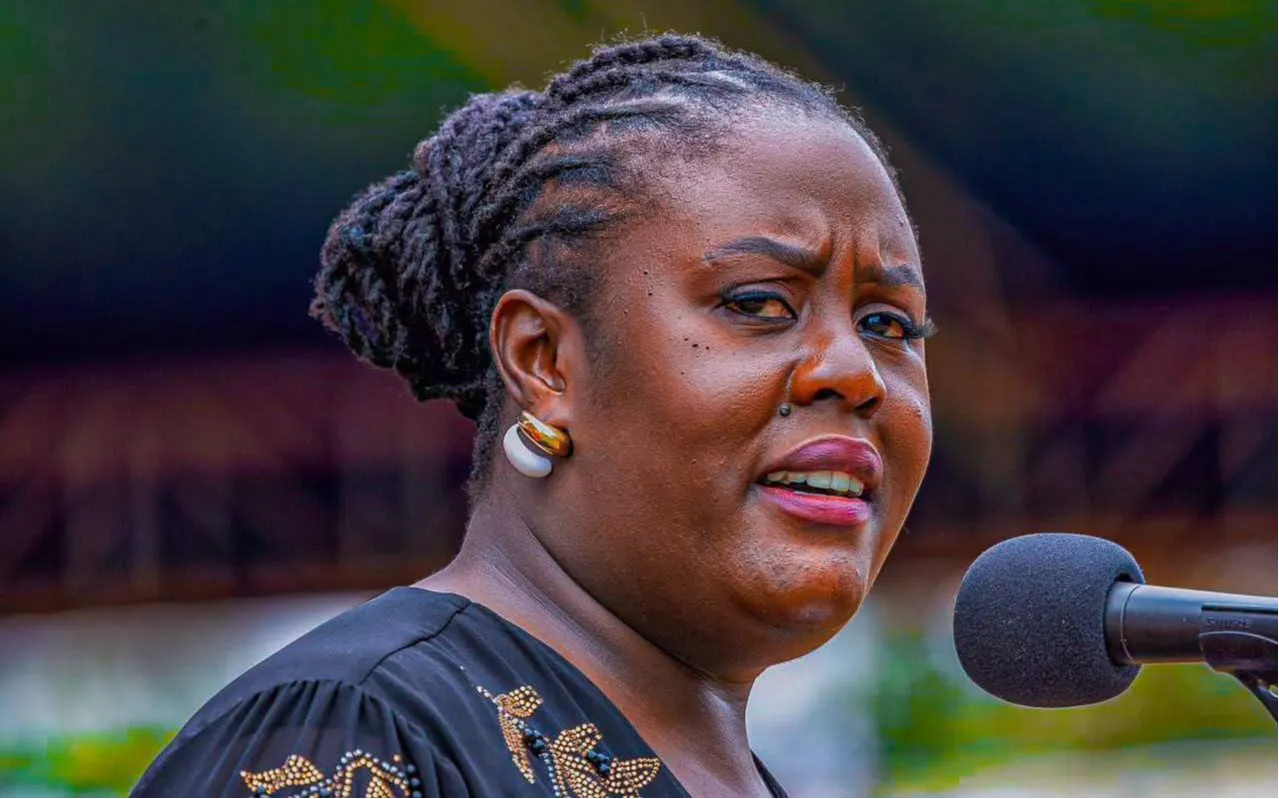NAIROBI, Kenya — The death of Raila Odinga did not bring finality to Kenya’s politics — it triggered a fierce, complex battle for succession inside the Orange Democratic Movement (ODM).
Central to that fight is his youngest daughter, Winnie Odinga, whose emotional resonance, political ambition, and symbolic positioning challenge both tradition and power brokers alike.
At the funeral, the family’s collective posture sent a message beyond mourning. Winnie’s iconic declaration — “The king is dead, but long live the crown” — was not just an elegy, it was an opening gambit.
Already politically active, her 2022 appointment to the East African Legislative Assembly (EALA) and her educational background — she holds a degree in Political Science — give her more legitimacy than many would credit. Her remark at the funeral — “I shall be back” — may have been modest in tone, but it resonated deeply with observers.
Her brother, Raila Odinga Jr., meanwhile, faces an uphill battle beyond grief. His medical condition — after treatment for an acoustic schwannoma — left one side of his face partially paralyzed.

In Kenya’s visual politics, where perception is currency, this has subjected him to merciless online mockery at precisely the moment he would need sympathy, not scorn.
This has weakened his candidacy before it could fully emerge.
Yet the fiercest challenge to Winnie’s ascendancy may come from within ODM itself.
On one flank stands a resurgent youth-activist faction led by Babu Owino and supported by Senator Edwin Sifuna. They argue that Raila’s final pact with the government betrayed ODM’s identity as the people’s opposition.
Now that Baba is gone, they say, ODM must return to its roots of defiance. Owino’s ambition extends to the Nairobi 2027 gubernatorial race — if he secures that base, he could build a national platform parallel to Odinga’s Nyanza stronghold.
At the same time, traditional party actors hold their own cards. Oburu Oginga, now acting ODM leader, offers continuity but lacks the youthful appeal to unify divergent interests.

Regional governors like Gladys Wanga and senior figures such as Ali Hassan Joho and Wycliffe Oparanya may push for a successor who transcends ethnic identity — a particularly potent argument as Kenya’s political landscape evolves beyond old loyalties.
Winnie’s challenge, then, is twofold: she must command loyalty, policy competence, and electoral appeal while navigating a political culture that has rarely embraced dynastic female leadership.
Unlike her father, who cultivated personal loyalty as political currency, she must transform inheritance into legitimacy.

To succeed, she must also contend with calls for internal party reform. Some ODM voices now warn against turning the movement into a family enterprise, insisting that the next leader must emerge through transparent contestation — not automatic succession.
Also Read: Raila Odinga Jnr vows to uphold his father’s legacy in emotional tribute at state funeral
This debate over dynastic politics is not unique to Kenya. Across Africa, political survival of family-led parties often depends on their ability to reinvent themselves beyond lineage and symbolism.
Public sentiment adds another dimension.
In Nyanza, reactions appear mixed — some hail Winnie as the natural heir, while others warn of concentrated power. Among Kenya’s youth and digital circles, many demand fresh engagement and reform, not historical nostalgia.
Finally, timing is critical. With the 2027 election horizon looming, whoever emerges as ODM’s leader must consolidate control, maintain the party’s base, and forge alliances across regions.
Missteps in the next two years could fracture ODM before any vote is cast.
Raila ruled not as a monarch but as a force of ideas and defiance. Winnie now inherits that mantle — but in an era of evolving expectations, transforming bloodline into bold leadership will test her more than any symbolic crown ever could.

